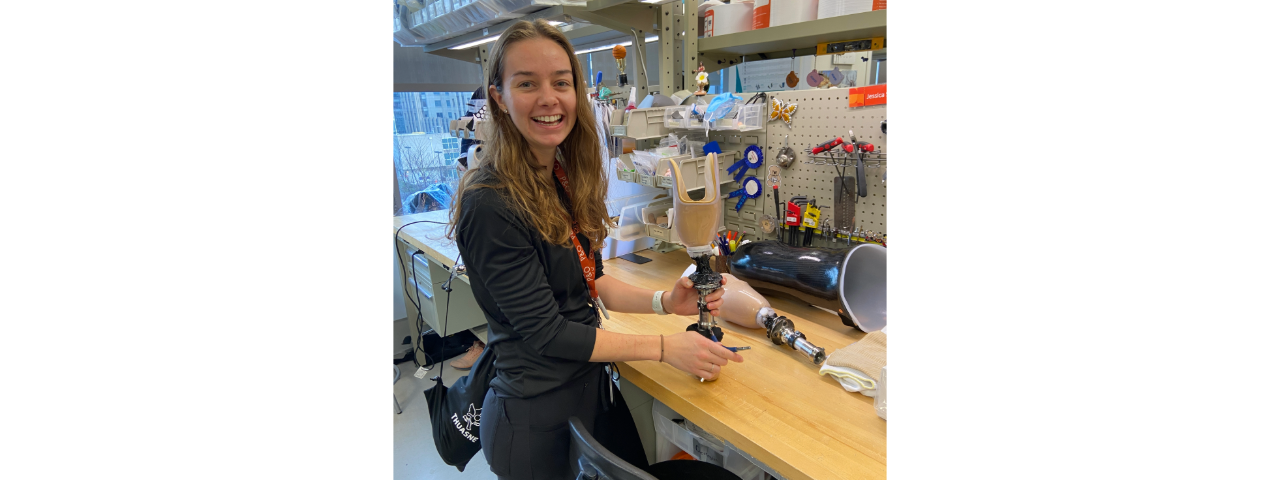Body
On the surface, cerebral palsy (CP) and cancer would seem to have little in common. CP, which results from a brain injury or malformation around the time of birth, affects 8,000 infants each year and causes debilitating muscle contractures that tighten muscles and hinder movement. Conversely, cancer, which presents in many forms, is diagnosed in 1.8 million Americans annually. More than $6 billion funds annual cancer research, whereas just $28 million goes toward CP research.
Knowing that CP will never generate cancer’s focus or funding, Andy Domenighetti, PhD, got creative.
In earlier research on kids with CP, Shirley Ryan AbilityLab scientists discovered that satellite cells — the resident skeletal muscle stem cells essential for the growth, repair and regeneration of muscle tissue — are prematurely depleted in number in contractured muscle. When isolating these cells from contractured muscles in the lab, Dr. Domenighetti discovered that their capacity to produce new muscle tissue was severely compromised. He linked this impairment to a reversible epigenetic imprint called “DNA hypermethylation,” wherein stem cells of kids with CP divide repeatedly, but have lost the capacity to differentiate into normal muscle.
Dr. Domenighetti, a trained biologist, had a key insight.
“Hyperproliferation without differentiation is similar to what’s found in cancer,” he said. “I thought, why not experiment with an approved anti-cancer drug that slows down excessive cell proliferation — one that already has been demonstrated safe and effective in children and is inexpensive and widely available — to find answers for CP patients?”
Dr. Domenighetti went to work in Shirley Ryan AbilityLab’s Biologics Lab — the only biomedical research facility in the world located in a rehabilitation hospital, where biological tissue and cells are processed with an eye toward understanding human problems and advancing patient outcomes. He used FDA-approved blood cancer treatment 5-Azacytidine (AZA), a drug that “washes off” DNA hypermethylation, to help rescue the muscle-growing capacity of satellite cells in a dish. After being treated with the drug, the cells grew new muscle tissue like muscle stem cells from typically developing children.
“In effect, AZA unleashes the potential of stem cells to differentiate into normal muscle, restoring the function of genes responsible for this process in CP,” said Dr. Domenighetti. “We hope that pharmacological treatment with this class of drugs, in combination with physical therapy, may slow down, or even reverse, the progression of muscle contractures in CP.”
Dr. Domenighetti is in the process of testing AZA in an animal model and developing a protocol to treat children with CP with the drug.
“A new drug can easily take up to 20 years to gain approval,” he said. “Thanks to state-of-the-art technology and unique capabilities available in our Biologics Lab, we are equipped to test established drugs for new uses and bring them to patients faster while pursuing a safer path.”
Mentioned Profile


